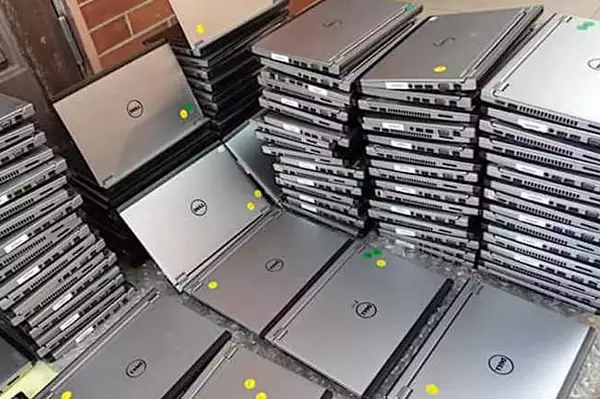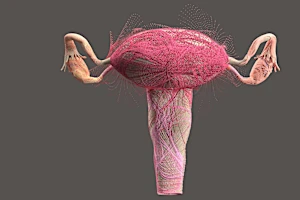World’s largest nuclear reactor to make magnetic field 250,000x stronger than Earth’s
ITER’s plasma current will peak at 15 million amperes, a record for tokamaks built anywhere in the world till date.

How the toroidal field coils fit around the tokamak vacuum vessel (including human scale)
ITER, the world’s largest fusion experiment, is now closer to going online after the special magnets needed to build the reactor’s core arrived in southern France. This marks the end of the two-decade-long process of the reactor design, whose fabrication extended over three continents, a press release said.
As the world looks for better ways to produce carbon-free energy, nuclear fusion reactions offer a plausible solution that can be turned off and on demand. Recent advances in the field have demonstrated that it is possible to gain energy from nuclear fusion, and more than 30 countries are collaborating to build the International Thermonuclear Experimental Reactor (ITER) in France.
The ITER design also uses the tokamak approach, in which hydrogen fuel is injected into a torus or donut-shaped vacuum chamber and heated to make plasma and replicate conditions on the Sun. At extremely high temperatures of 150 million degrees, the fusion reaction begins to occur.
However, the plasma must be contained inside the reactor’s walls, a job done by giant superconducting magnets.
ITER’s giant magnets
The ITER design of the tokamak uses niobium-tin and niobium-titanium as the material of choice for its magnets. The coils are energized with electricity and then cooled to temperatures of four degrees above absolute zero (-269 degrees Celsius) to make them superconducting.
ITER will deploy magnets in three different ways to make the invisible magnetic cage that will contain the plasma. The outer donut shape is achieved with 18 D-shaped toroidal magnets. A set of six magnets will circle the tokamak horizontally to help control the shape of the plasma, while a central solenoid will use energy pulses to generate current in the plasma.
ITER’s plasma current will peak at 15 million amperes, a record for tokamaks built worldwide. In terms of the magnetic field, the total magnetic energy of the design will be 41 gigajoules or 250,000 times stronger than Earth’s.
How were these powerful magnets made?
Each toroidal magnet is 55 feet (17 m) tall, nearly 30 feet (9 m) wide, and weighs a whopping 360 tons. Ten magnets were made in Europe by Fusion for Energy, ITER’s European wing, while eight of these coils plus a spare were manufactured by the National Institutes for Quantum Science and Technology (QST) in Japan.
The production process began with a niobium-tin strand wound with copper strands into a rope-like structure and inserted into a steel jacket designed with a central conduit where helium can be forced to flow. This structure is called the conductor.

More than 54,000 miles (87,000 km) of the niobium-tin strands were needed to make conductors for the 19 toroidal magnets, but that was perhaps the simplest task in the fabrication process.
To make the D-shaped magnet, nearly 2,500 feet (750 m) of the conductor was bent into a double spiral trajectory and heated to 1200 Fahrenheit (650 degrees Celsius). It was then inserted into a D-shaped radial plate made of stainless steel.
The conductor was wrapped and insulated using glass and Kapton tape and laser-welded with cover plates to make a double pancake structure using two conductor layers. The double pancake was then insulated. Further, its air pockets were removed and injected with resin for better strength.
Seven such double pancakes were then used to make a winding pack, the core of the D-shaped magnet, and interconnected for electric flow. The winding pack was then insulated, heat-treated, and injected with resin.
The winding pack was then inserted into a 200-tonne stainless steel case strong enough to withstand the forces of plasma movement and fusion energy generation.
RECOMMENDED ARTICLES
When assembled, the ITER fusion reactor will generate 500 MW of thermal power at its peak. When connected to the grid, it will generate 200 MW of power continuously, sufficient to power 200,000 homes, the press release added.
The Blueprint Daily
Stay up-to-date on engineering, tech, space, and science news with The Blueprint.
By clicking sign up, you confirm that you accept this site's Terms of Use and Privacy Policy
ABOUT THE EDITOR
Ameya Paleja Ameya is a science writer based in Hyderabad, India. A Molecular Biologist at heart, he traded the micropipette to write about science during the pandemic and does not want to go back. He likes to write about genetics, microbes, technology, and public policy.















0